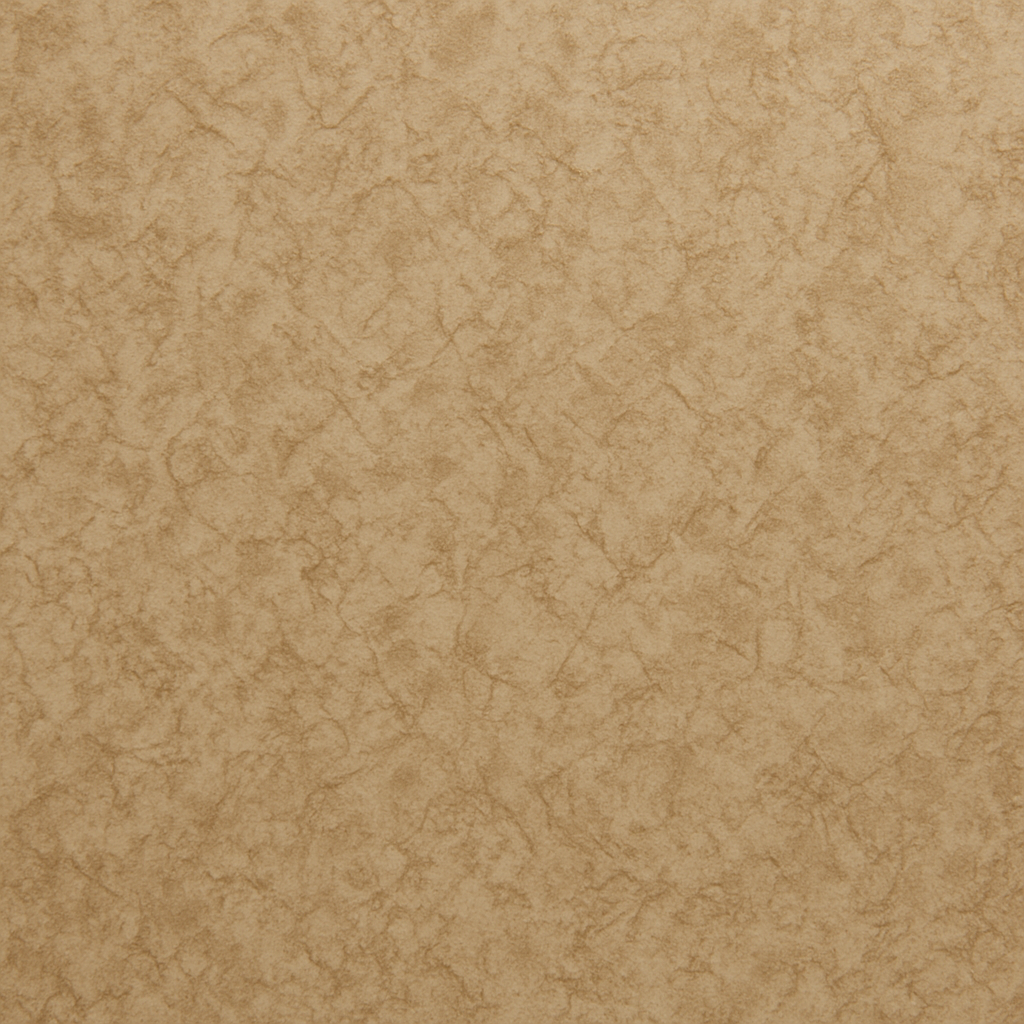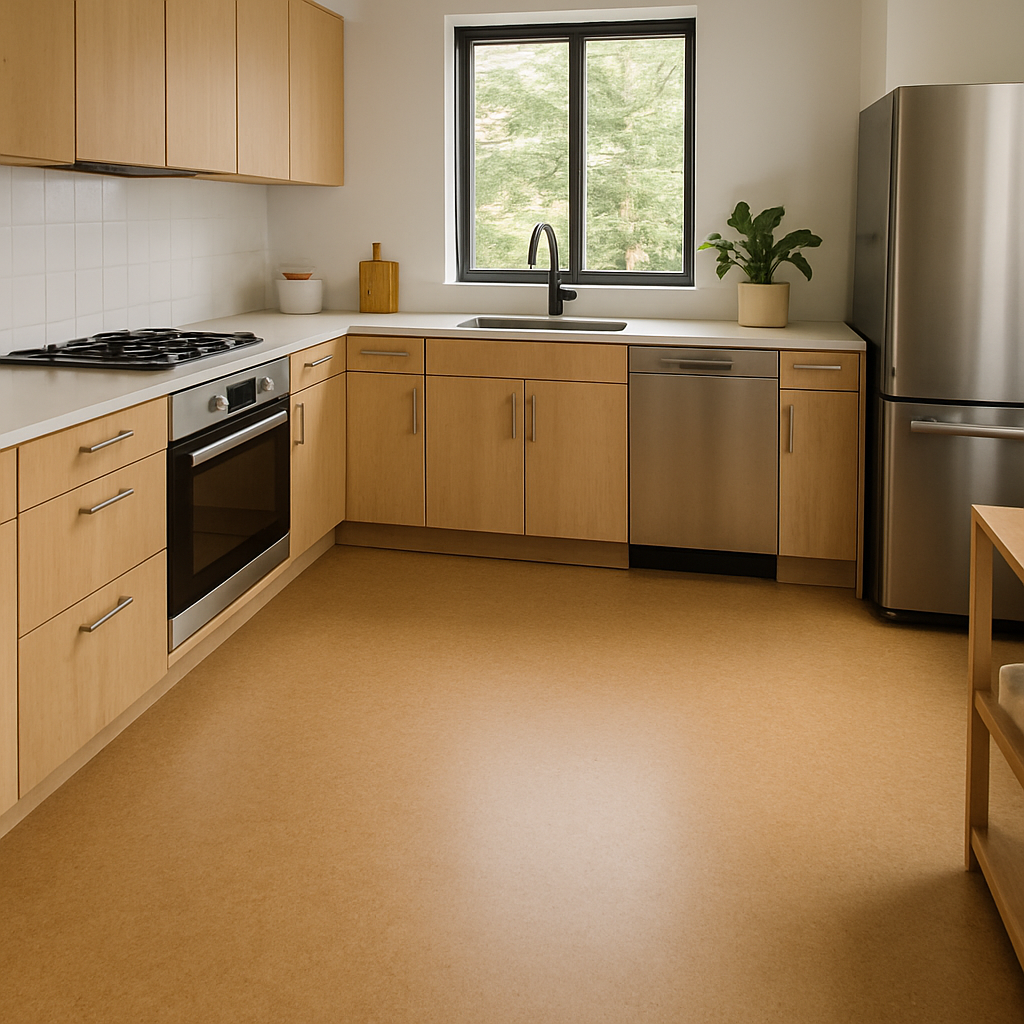Linoleum flooring has made a remarkable comeback in recent years, thanks to its eco-friendly properties and versatility. If you’re considering this option for your home, you might be wondering about the benefits, costs, and styles available. In this guide, we’ll dive into everything you need to know about linoleum flooring, from its history to contemporary applications.
Linoleum is a natural flooring material made from renewable resources such as linseed oil, cork dust, wood flour, and natural pigments. Unlike vinyl flooring, which is synthetic, linoleum is biodegradable and considered an environmentally friendly option. It’s durable, water-resistant, and provides a soft underfoot feel, making it an excellent choice for various rooms in your home.
The History of Linoleum
Linoleum was invented in the 1860s by Frederick Walton, who discovered the material while observing the skin that formed on linseed oil. It quickly gained popularity due to its durability and ease of maintenance.
However, with the advent of vinyl flooring in the mid-20th century, linoleum fell out of favor. Today, with a growing emphasis on sustainable living, linoleum has regained its popularity as a modern flooring choice.
Benefits of Linoleum Flooring
Environmentally Friendly
One of the most significant advantages of linoleum is its eco-friendliness. Made from natural materials, it doesn’t emit harmful chemicals or contribute to indoor air pollution. For those looking to reduce their carbon footprint, linoleum is an ideal choice.
Durability and Longevity
Linoleum is known for its resilience and can last for decades with proper care. It’s resistant to wear and tear, making it suitable for high-traffic areas in your home. Additionally, its natural composition makes it less prone to fading from sunlight exposure compared to some synthetic options.
Versatility in Design
From contemporary to classic, linoleum comes in a wide array of colors and patterns. Whether you’re looking for colorful linoleum flooring to make a statement or a more subdued design, there’s a linoleum style to match your aesthetic preferences.
Linoleum vs. Marmoleum: What’s the Difference?
Marmoleum is a brand name for linoleum produced by Forbo Flooring Systems. It’s essentially the same product as traditional linoleum but with added features such as a protective top layer for enhanced durability and ease of maintenance.
When considering Marmoleum or linoleum, it’s essential to evaluate your needs and budget to determine the best fit for your home.
Cost Considerations: How Much is Linoleum Flooring?
by Artem Mikhailov (https://unsplash.com/@renzumelody)
The price of linoleum flooring can vary based on several factors, including the quality, brand, and installation costs. On average, you can expect to pay between $2 to $5 per square foot for materials. Installation costs may range from $3 to $10 per square foot, depending on the complexity of the project. It’s advisable to obtain multiple quotes from professionals to ensure a fair price.
Where to Buy Linoleum Flooring
If you’re wondering where to buy linoleum flooring, there are several options to consider:
Linoleum Flooring Manufacturers
Several manufacturers specialize in high-quality linoleum flooring. Forbo Flooring Systems is a leading producer known for its Marmoleum products. Armstrong Flooring and Tarkett also offer a range of linoleum options.
Retailers and Online Stores
You can find linoleum flooring for sale at home improvement stores like Home Depot and Lowe’s. Additionally, online retailers such as Wayfair and Amazon offer a variety of styles and colors. Be sure to compare prices and read customer reviews to make an informed decision.
Local Suppliers
Consider reaching out to local flooring specialists who may carry unique or custom linoleum options. They can provide expert advice and potentially offer installation services as well.
Contemporary Applications of Linoleum Flooring
Linoleum Bathroom Floor Tiles
Linoleum’s water-resistant properties make it an excellent choice for bathrooms. Linoleum bathroom floor tiles offer a stylish and functional solution that can withstand moisture while providing a comfortable underfoot feel.
Modern Linoleum Flooring Designs
Today’s linoleum designs are far from the drab patterns of the past. Modern linoleum flooring options include sleek, minimalist designs as well as bold, colorful patterns. Whether you’re renovating a contemporary space or restoring a vintage home, linoleum offers versatility to suit any style.
Maintenance and Care for Linoleum Flooring
To maintain the beauty and longevity of your linoleum floors, follow these simple care tips:
- Regular Cleaning: Sweep or vacuum regularly to remove dirt and debris. Mop with a damp cloth and a mild cleaning solution to keep your floors looking fresh.
- Avoid Harsh Chemicals: Use gentle cleaning products to prevent damaging the linoleum surface.
- Protect from Scratches: Use felt pads on furniture legs and avoid dragging heavy objects across the floor.
Conclusion
Linoleum flooring presents a sustainable, durable, and stylish option for homeowners seeking an eco-friendly alternative to synthetic flooring. With a wide range of designs and colors, linoleum can complement any décor style. Whether you’re drawn to its green credentials or its timeless appeal, linoleum flooring remains a smart choice for modern homes.
By understanding the benefits, costs, and care involved, you can confidently choose the perfect linoleum flooring for your needs. Whether you’re renovating a single room or an entire home, consider linoleum for a blend of tradition and innovation that stands the test of time.







